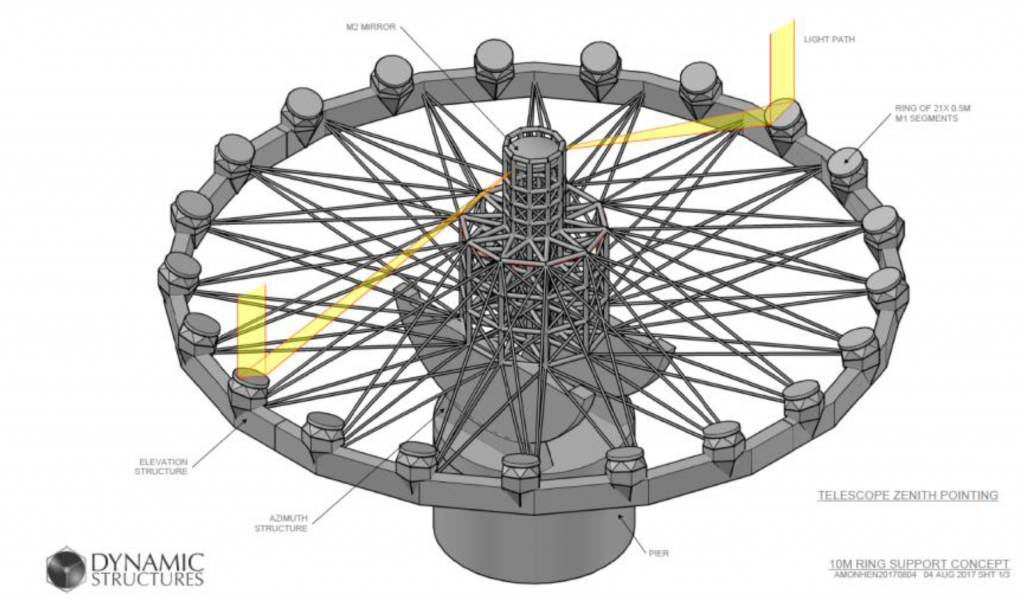The imaging and characterization of objects in space with angular diameters down to 1 milli-arcsecond, is a major target in both the fields of both astronomy (e.g. exoplanets) and space situational awareness (e.g. geosynchronous satellites). To image at these spatial scales would require a traditional telescope diameter near 100 m and a cost near $10B (e.g., the Over Whelmingly Large telescope), which is unlikely to be realized. A more feasible/practical approach lies in the concept of a hybrid telescope-interferometer constructed from a sparse array of non-redundant baseline sub-apertures assembled on a single mount. The individual sub-apertures use novel lightweight optics and their beams are coherently combined to achieve the resolution of the entire array. To enable high-quality imaging, the arrangement and number of apertures in the array is selected to provide sampling of all spatial frequencies out to those sampled by the largest baselines: one configuration to achieve this is an annulus.

We are pursuing this concept in collaboration with the University of Hawaii and the Planets Foundation. Our initial efforts at GSU are focused on numerical simulations and bench top experiments to validate the feasibility of free-space beam combining and prove that we can achieve high-quality images at the full resolution of the telescope array. Our near-term target is a 1m prototype instrument for “on-sky” proof-of-concept measurements on Mount Haleakala. Our longer-term target is the production of a 40m-class telescope such as that proposed for the Exo-Life planet Finder (ELF) telescope shown below.

